#storefront reference architecture tutorial
Explore tagged Tumblr posts
Text
Advantages of Storefront Reference Architecture SFRA Tutorial2 for Salesforce Programmers
Full Video Link https://youtube.com/shorts/IVIjC6d2vjc Hi, a new #video on #salesforce #sfra #benefits #advantages of #storefrontreferencearchitecture #cloud is published on #codeonedigest #youtube channel. @java #java #awscloud @awscloud #aws @
Storefront Reference Architecture (SFRA) is just that–a reference architecture or a departure point that combines industry best practices and expected out-of-the-box commerce functionality in a web storefront that can serve as the foundation of your new Salesforce Commerce B2C site. Commerce Cloud Storefront Reference Architecture (SFRA) blends proven methods in site creation, promotion and…
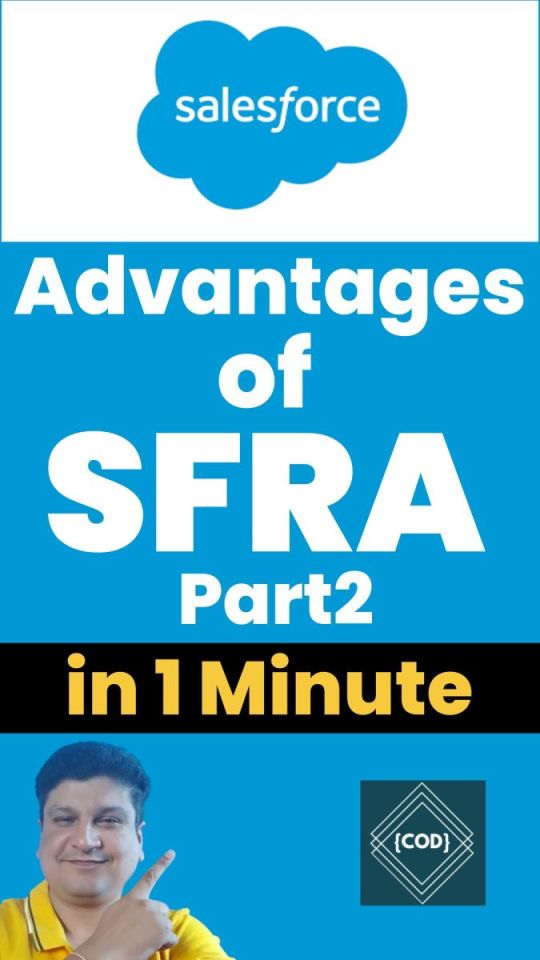
View On WordPress
#salesforce commerce cloud#salesforce commerce cloud architecture#salesforce commerce cloud b2b#salesforce commerce cloud b2c#salesforce commerce cloud b2c tutorial#salesforce commerce cloud demo#salesforce commerce cloud developer tutorial#salesforce commerce cloud integration#salesforce commerce cloud project#salesforce commerce cloud setup#salesforce sfra#sfra#sfra explained#sfra tutorial#sfra vs sitegensis#storefront reference architecture#storefront reference architecture explained#storefront reference architecture tutorial#storefront reference architecture vs sitegenesis
0 notes
Text
Free Books for Learning and Getting Started with Cloud-Native .NET Apps
If you haven't been over to the Architecture section of the .NET site lately, I'd encourage you to go check it out. There is a TON of free learning content, books, code, and more!
Containers for Beginners
We've just put up a new Hello World tutorial for making your first microservice, and there's a video series on Docker and Containers as well. There are step-by-step instructions for installing .NET and building your first microservice using Docker. When you're done, follow how to deploy your microservice easily to Azure and Azure Kubernetes Service (AKS).
Intermediate - Cloud-native microservices
If you have about an hour, you can try out this new Learn Module for free - Create and deploy a cloud-native ASP.NET Core microservice. you can do it ALL in the browser with no software installation!
Imagine you're a software developer for an online retailer named eShopOnContainers. The retailer uses a cloud-native, microservices-based architecture developed using .NET Core for its online storefront. A new project is underway to add support for accepting coupon codes at checkout. Your assignment on the project is to finish writing a containerized ASP.NET Core web API to manage coupon codes—a web API that will be referred to as the coupon service.
This module explores completing the coupon service, adding it to the existing solution, and deploying it to the multi-container Kubernetes cluster.
Learning objectives
Examine existing ASP.NET Core microservices running in Azure Kubernetes Service (AKS).
Implement a new ASP.NET Core microservice and containerize it.
Publish the Docker image to Azure Container Registry (ACR).
Deploy the Docker container to the existing AKS cluster.
Free Books
Everyone loves free books. There are a number of free Cloud-Native Free Resources to download.
Cloud-native e-book - Formats: PDF | Online
�� This free e-book defines cloud native, introduces a sample app built using cloud-native principles, and covers topics common to most cloud-native applications. The audience for this guide is developers, development leads, and architects who are interested in learning how to build applications designed for the cloud. A secondary audience is technical decision-makers who plan to choose whether to build their applications using a cloud-native approach.
gRPC for WCF Developers e-Book - Formats: PDF | Online
This free e-book explains gRPC, relating each concept to the equivalent features of WCF, and offers guidance for migrating an existing WCF app to gRPC. This guide was written for developers working in .NET Framework or .NET Core who have previously used WCF, and who are seeking to migrate their applications to a modern RPC environment for .NET Core 3.0 and later versions. More generally, if you are upgrading, or considering upgrading, to .NET Core 3.0, and you want to use the built-in gRPC tools, this guide is also useful.
Serverless apps e-book - Formats: PDF | Online
Updated to Azure Functions 3.0! This guide focuses on cloud native development of applications that use serverless. The book highlights the benefits and exposes the potential drawbacks of developing serverless apps and provides a survey of serverless architectures. This guide was written for developers and solution architects who want to build enterprise applications with .NET that may use serverless components either on premises or in the cloud. It's useful to developers, architects, and technical decision makers interested in:
Understanding the pros and cons of serverless development
Learning how to approach serverless architecture
Example implementations of serverless apps
.NET Microservices e-book - Formats: PDF | Online
Updated to .NET Core 3.1! This guide is an introduction to developing microservices-based applications and managing them using containers. It discusses architectural design and implementation approaches using .NET Core and Docker containers.
We wrote this guide for developers and solution architects who are new to Docker-based application development and to microservices-based architecture. This guide is for you if you want to learn how to architect, design, and implement proof-of-concept applications with Microsoft development technologies (with special focus on .NET Core) and with Docker containers.
You will also find this guide useful if you are a technical decision maker, such as an enterprise architect, who wants an architecture and technology overview before you decide on what approach to select for new and modern distributed applications.
ASP.NET Core e-book - Formats: PDF | Online
Updated to .NET Core 3.1! This guide provides end-to-end guidance on building web applications using ASP.NET Core and Azure.
The audience for this guide is developers, development leads, and architects who are interested in building modern web applications using Microsoft technologies and services in the cloud.
A secondary audience is technical decision makers who are already familiar ASP.NET or Azure and are looking for information on whether it makes sense to upgrade to ASP.NET Core for new or existing projects.
We have even more free Books and Guides coming , I'll share them very soon! Check out https://dotnet.microsoft.com/learn/dotnet/architecture-guides for more.
Sponsor: Have you tried developing in Rider yet? This fast and feature-rich cross-platform IDE improves your code for .NET, ASP.NET, .NET Core, Xamarin, and Unity applications on Windows, Mac, and Linux.
© 2020 Scott Hanselman. All rights reserved.





Free Books for Learning and Getting Started with Cloud-Native .NET Apps published first on https://deskbysnafu.tumblr.com/
0 notes
Text
Free Books for Learning and Getting Started with Cloud-Native .NET Apps
If you haven't been over to the Architecture section of the .NET site lately, I'd encourage you to go check it out. There is a TON of free learning content, books, code, and more!
Containers for Beginners
We've just put up a new Hello World tutorial for making your first microservice, and there's a video series on Docker and Containers as well. There are step-by-step instructions for installing .NET and building your first microservice using Docker. When you're done, follow how to deploy your microservice easily to Azure and Azure Kubernetes Service (AKS).
Intermediate - Cloud-native microservices
If you have about an hour, you can try out this new Learn Module for free - Create and deploy a cloud-native ASP.NET Core microservice. you can do it ALL in the browser with no software installation!
Imagine you're a software developer for an online retailer named eShopOnContainers. The retailer uses a cloud-native, microservices-based architecture developed using .NET Core for its online storefront. A new project is underway to add support for accepting coupon codes at checkout. Your assignment on the project is to finish writing a containerized ASP.NET Core web API to manage coupon codes—a web API that will be referred to as the coupon service.
This module explores completing the coupon service, adding it to the existing solution, and deploying it to the multi-container Kubernetes cluster.
Learning objectives
Examine existing ASP.NET Core microservices running in Azure Kubernetes Service (AKS).
Implement a new ASP.NET Core microservice and containerize it.
Publish the Docker image to Azure Container Registry (ACR).
Deploy the Docker container to the existing AKS cluster.
Free Books
Everyone loves free books. There are a number of free Cloud-Native Free Resources to download.
Cloud-native e-book - Formats: PDF | Online
This free e-book defines cloud native, introduces a sample app built using cloud-native principles, and covers topics common to most cloud-native applications. The audience for this guide is developers, development leads, and architects who are interested in learning how to build applications designed for the cloud. A secondary audience is technical decision-makers who plan to choose whether to build their applications using a cloud-native approach.
gRPC for WCF Developers e-Book - Formats: PDF | Online
This free e-book explains gRPC, relating each concept to the equivalent features of WCF, and offers guidance for migrating an existing WCF app to gRPC. This guide was written for developers working in .NET Framework or .NET Core who have previously used WCF, and who are seeking to migrate their applications to a modern RPC environment for .NET Core 3.0 and later versions. More generally, if you are upgrading, or considering upgrading, to .NET Core 3.0, and you want to use the built-in gRPC tools, this guide is also useful.
Serverless apps e-book - Formats: PDF | Online
Updated to Azure Functions 3.0! This guide focuses on cloud native development of applications that use serverless. The book highlights the benefits and exposes the potential drawbacks of developing serverless apps and provides a survey of serverless architectures. This guide was written for developers and solution architects who want to build enterprise applications with .NET that may use serverless components either on premises or in the cloud. It's useful to developers, architects, and technical decision makers interested in:
Understanding the pros and cons of serverless development
Learning how to approach serverless architecture
Example implementations of serverless apps
.NET Microservices e-book - Formats: PDF | Online
Updated to .NET Core 3.1! This guide is an introduction to developing microservices-based applications and managing them using containers. It discusses architectural design and implementation approaches using .NET Core and Docker containers.
We wrote this guide for developers and solution architects who are new to Docker-based application development and to microservices-based architecture. This guide is for you if you want to learn how to architect, design, and implement proof-of-concept applications with Microsoft development technologies (with special focus on .NET Core) and with Docker containers.
You will also find this guide useful if you are a technical decision maker, such as an enterprise architect, who wants an architecture and technology overview before you decide on what approach to select for new and modern distributed applications.
ASP.NET Core e-book - Formats: PDF | Online
Updated to .NET Core 3.1! This guide provides end-to-end guidance on building web applications using ASP.NET Core and Azure.
The audience for this guide is developers, development leads, and architects who are interested in building modern web applications using Microsoft technologies and services in the cloud.
A secondary audience is technical decision makers who are already familiar ASP.NET or Azure and are looking for information on whether it makes sense to upgrade to ASP.NET Core for new or existing projects.
We have even more free Books and Guides coming , I'll share them very soon! Check out https://dotnet.microsoft.com/learn/dotnet/architecture-guides for more.
Sponsor: Have you tried developing in Rider yet? This fast and feature-rich cross-platform IDE improves your code for .NET, ASP.NET, .NET Core, Xamarin, and Unity applications on Windows, Mac, and Linux.
© 2020 Scott Hanselman. All rights reserved.





Free Books for Learning and Getting Started with Cloud-Native .NET Apps published first on http://7elementswd.tumblr.com/
0 notes
Text
Advantages of Storefront Reference Architecture SFRA Explained for Salesforce Programmers
Full Video Link https://youtube.com/shorts/fB78Tgi5EYQ Hi, a new #video on #salesforce #sfra #benefits #advantages of #storefrontreferencearchitecture #cloud is published on #codeonedigest #youtube channel. @java #java #awscloud @awscloud #aws @
Storefront Reference Architecture (SFRA) is just that–a reference architecture or a departure point that combines industry best practices and expected out-of-the-box commerce functionality in a web storefront that can serve as the foundation of your new Salesforce Commerce B2C site. Commerce Cloud Storefront Reference Architecture (SFRA) blends proven methods in site creation, promotion and…
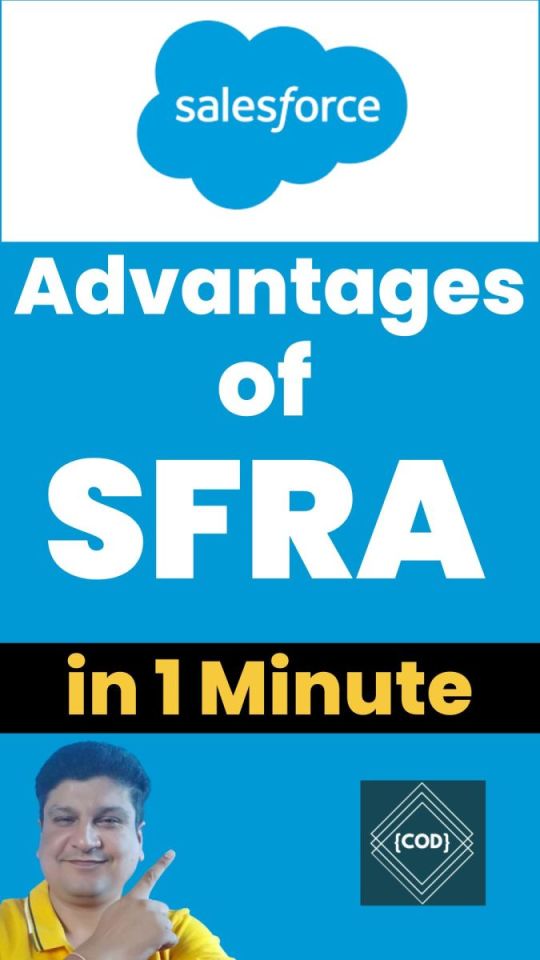
View On WordPress
#salesforce commerce cloud#salesforce commerce cloud architecture#salesforce commerce cloud b2b#salesforce commerce cloud b2c#salesforce commerce cloud b2c tutorial#salesforce commerce cloud demo#salesforce commerce cloud developer tutorial#salesforce commerce cloud integration#salesforce commerce cloud project#salesforce commerce cloud setup#salesforce sfra#sfra#sfra explained#sfra tutorial#sfra vs sitegensis#storefront reference architecture#storefront reference architecture explained#storefront reference architecture tutorial#storefront reference architecture vs sitegenesis
0 notes
Text
Salesforce SiteGenesis to SFRA Migration Short Tutorial for Programmers
Full Video Link https://youtube.com/shorts/YRmy3c-euHc Hi, a new #video on #salesforce #cloud #sitegenesis to #sfra migration is published on #codeonedigest #youtube channel. @java #java #awscloud @awscloud #aws @AWSCloudIndia #Cloud #CloudC
** SFRA Storefront Reference Architecture ** Salesforce B2C Commerce launched the Storefront Reference Architecture (SFRA) in 2018 to provide a starting point for retailers to build state-of-the-art shopping experiences quicker and easier than before. It was built on mobile-first optimized UX which is much more efficient, robust, scalable, and modern compared to the older SiteGenesis…

View On WordPress
#mobile first design#model view controller pattern#monolithic architecture#mvc design pattern#salesforce#salesforce commerce cloud#salesforce commerce cloud architecture#salesforce commerce cloud b2b#salesforce commerce cloud b2c#salesforce commerce cloud b2c tutorial#salesforce commerce cloud demo#salesforce commerce cloud developer tutorial#salesforce commerce cloud integration#salesforce commerce cloud page designer#salesforce commerce cloud project#salesforce commerce cloud setup#salesforce sfra#sfcc#sfra#sfra explained#sfra tutorial#sfra vs sitegensis#sitegenesis#sitegenesis vs sfra#storefront reference architecture#storefront reference architecture explained#storefront reference architecture tutorial#storefront reference architecture vs sitegenesis
0 notes
Text
SFRA Technical Benefits Tutorial for Salesforce Programmers | Store Front Reference Architecture
Full Video Link https://youtube.com/shorts/XTrRxcaEV5I Hi, a new #video on #sfra technical benefits #salesforce #storefront #reference #architecture #sfcc #cloud #salesforce is published on #codeonedigest #youtube channel. @java #java #awsclo
** SFRA Storefront Reference Architecture ** Salesforce B2C Commerce launched the Storefront Reference Architecture (SFRA) in 2018 to provide a starting point for retailers to build state-of-the-art shopping experiences quicker and easier than before. It was built on mobile-first optimized UX which is much more efficient, robust, scalable, and modern compared to the older SiteGenesis model. **…
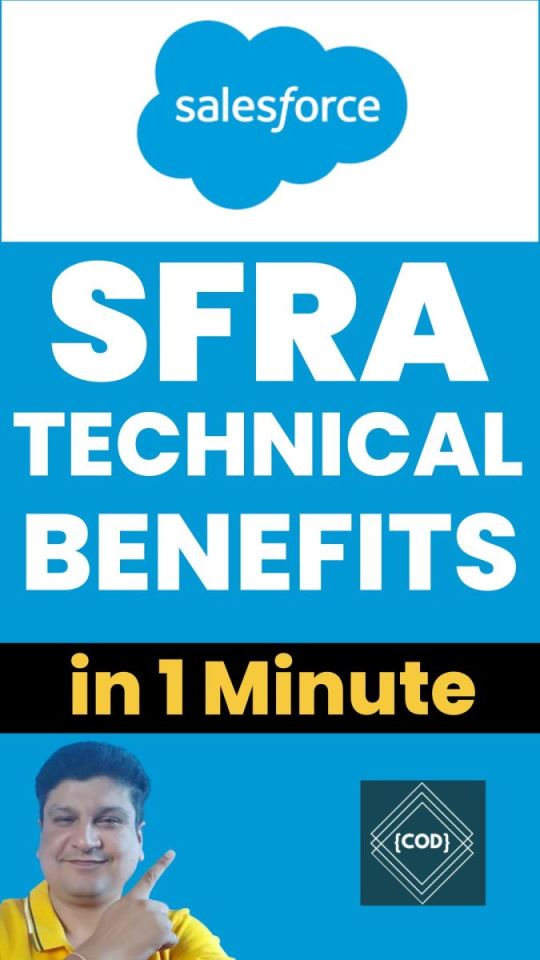
View On WordPress
#mobile first design#model view controller pattern#monolithic architecture#mvc design pattern#salesforce#salesforce commerce cloud#salesforce commerce cloud architecture#salesforce commerce cloud b2b#salesforce commerce cloud b2c#salesforce commerce cloud b2c tutorial#salesforce commerce cloud demo#salesforce commerce cloud developer tutorial#salesforce commerce cloud integration#salesforce commerce cloud page designer#salesforce commerce cloud project#salesforce commerce cloud setup#salesforce sfra#sfcc#sfra#sfra explained#sfra tutorial#sfra vs sitegensis#sitegenesis#sitegenesis vs sfra#storefront reference architecture#storefront reference architecture explained#storefront reference architecture tutorial#storefront reference architecture vs sitegenesis
0 notes
Video
youtube
SFRA Technical Benefits Tutorial for Salesforce Programmers | Store Fron...
Full Video Link https://youtube.com/shorts/XTrRxcaEV5I
Hi, a new #video on #sfra technical benefits #salesforce #storefront #reference #architecture #sfcc #cloud #salesforce is published on #codeonedigest #youtube channel.
@java #java #awscloud @awscloud #aws @AWSCloudIndia #Cloud #CloudComputing @YouTube #youtube #azure #msazure #mvcdesignpattern #monolithicarchitecture #modelviewcontrollerpattern #mobilefirstdesign #sitegenesisvssfra #sfra #sitegenesis #sfcc #salesforce #sfra #sfratutorial #sfraexplained #salesforcesfra #storefrontreferencearchitecture #storefrontreferencearchitecturetutorial #storefrontreferencearchitectureexplained #storefrontreferencearchitecturevssitegenesis #sfravssitegensis #salesforcecommercecloud #salesforcecommerceclouddevelopertutorial #salesforcecommercecloudb2c #salesforcecommerceclouddemo #salesforcecommercecloudb2b #salesforcecommercecloudsetup #salesforcecommercecloudproject #salesforcecommercecloudintegration #salesforcecommercecloudb2ctutorial #salesforcecommercecloudarchitecture #salesforcecommercecloudpagedesigner #sfravssitegenesis
#youtube#SFRA#sfcc#storefront reference architecture#salesforce#commerce cloud#salesforce commerce cloud#sfmc#sitegenesis#jquery#bootstrap#express js
1 note
·
View note
Text
SFRA Enhanced Feature Tutorial for Salesforce Developers | Salesforce SFCC & Store Front Reference Architecture
Full Video Link https://youtube.com/shorts/AuK4D-8aWbc Hi, a new #video on #sfra #architecture & #features #sitegenesis #salesforce #reference #architecture #sfcc #cloud #salesforce is published on #codeonedigest #youtube channel. @java #java #
** SFRA Storefront Reference Architecture ** Salesforce B2C Commerce launched the Storefront Reference Architecture (SFRA) in 2018 to provide a starting point for retailers to build state-of-the-art shopping experiences quicker and easier than before. It was built on mobile-first optimized UX which is much more efficient, robust, scalable, and modern compared to the older SiteGenesis model. **…
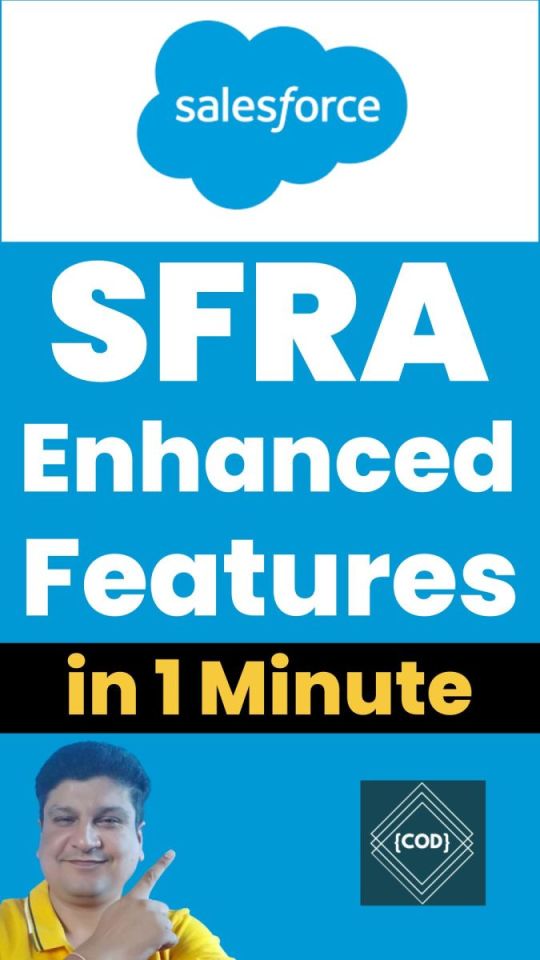
View On WordPress
#salesforce#salesforce commerce cloud#salesforce commerce cloud architecture#salesforce commerce cloud b2b#salesforce commerce cloud b2c#salesforce commerce cloud b2c tutorial#salesforce commerce cloud demo#salesforce commerce cloud developer tutorial#salesforce commerce cloud integration#salesforce commerce cloud page designer#salesforce commerce cloud project#salesforce commerce cloud setup#salesforce sfra#sfcc#sfra#sfra explained#sfra tutorial#sfra vs sitegensis#sitegenesis#sitegenesis vs sfra#storefront reference architecture#storefront reference architecture explained#storefront reference architecture tutorial#storefront reference architecture vs sitegenesis
0 notes
Text
SiteGenesis Vs SFRA Tutorial with Examples for Programmer | Difference between SFRA & SiteGenesis
Full Video Link https://youtube.com/shorts/BpyyP41fYF0 Hi, a new #video on #sitegenesis vs #sfra #salesforce #reference #architecture #sfcc #cloud #salesforce is published on #codeonedigest #youtube channel. @java #java #awscloud @aw
** Site Genesis ** Salesforce bought Demandware, which was originally built on Intershop. Demandware was an upstart launching the SAAS (software as a service) model for eCommerce. This is a predecessor to the SFRA and does not natively support mobile web experiences, is much slower in performance, and does not support code extensions. ** SFRA Storefront Reference Architecture ** Salesforce…
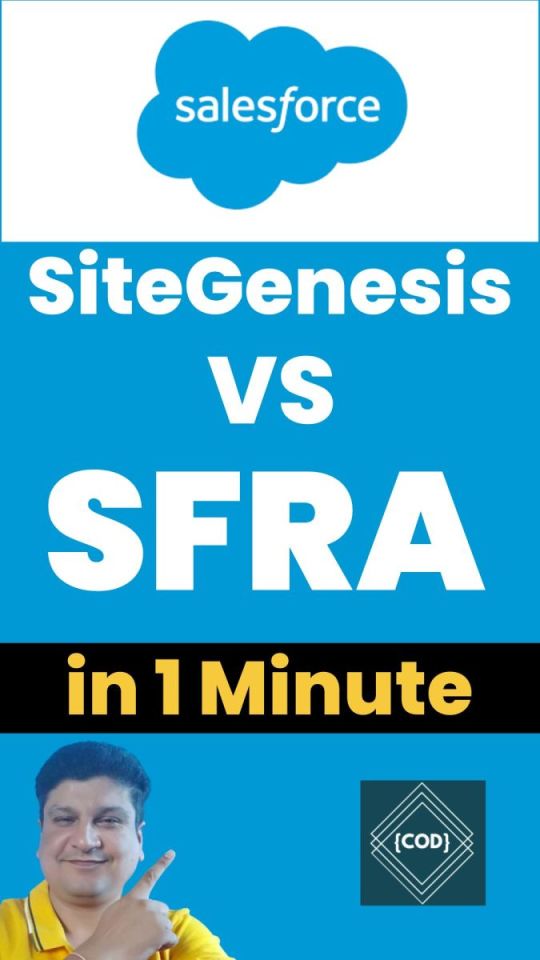
View On WordPress
#salesforce#salesforce commerce cloud#salesforce commerce cloud architecture#salesforce commerce cloud b2b#salesforce commerce cloud b2c#salesforce commerce cloud b2c tutorial#salesforce commerce cloud demo#salesforce commerce cloud developer tutorial#salesforce commerce cloud integration#salesforce commerce cloud page designer#salesforce commerce cloud project#salesforce commerce cloud setup#salesforce sfra#sfcc#sfra#sfra explained#sfra tutorial#sfra vs sitegensis#sitegenesis#sitegenesis vs sfra#storefront reference architecture#storefront reference architecture explained#storefront reference architecture tutorial#storefront reference architecture vs sitegenesis
0 notes
Text
Storefront Reference Architecture SFRA Short Tutorial for Salesforce Programmers
Full Video Link https://youtube.com/shorts/Tf0xrlVKS9g Hi, a new #video on #salesforce #sfra #storefrontreferencearchitecture #cloud is published on #codeonedigest #youtube channel. @java #java #awscloud @awscloud #aws @AWSCloudIndia #Cloud #Clou
Storefront Reference Architecture (SFRA) is just that–a reference architecture or a departure point that combines industry best practices and expected out-of-the-box commerce functionality in a web storefront that can serve as the foundation of your new Salesforce Commerce B2C site. Commerce Cloud Storefront Reference Architecture (SFRA) blends proven methods in site creation, promotion and…
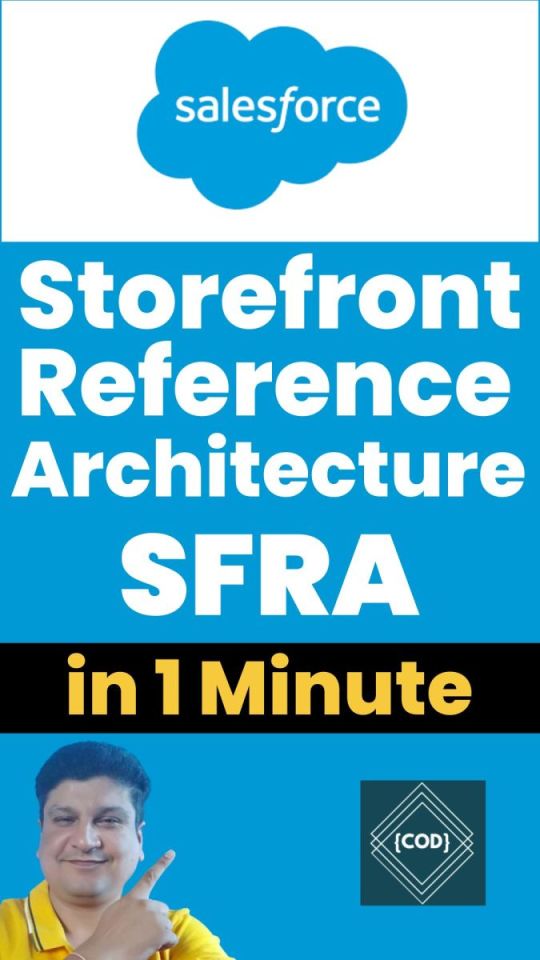
View On WordPress
0 notes